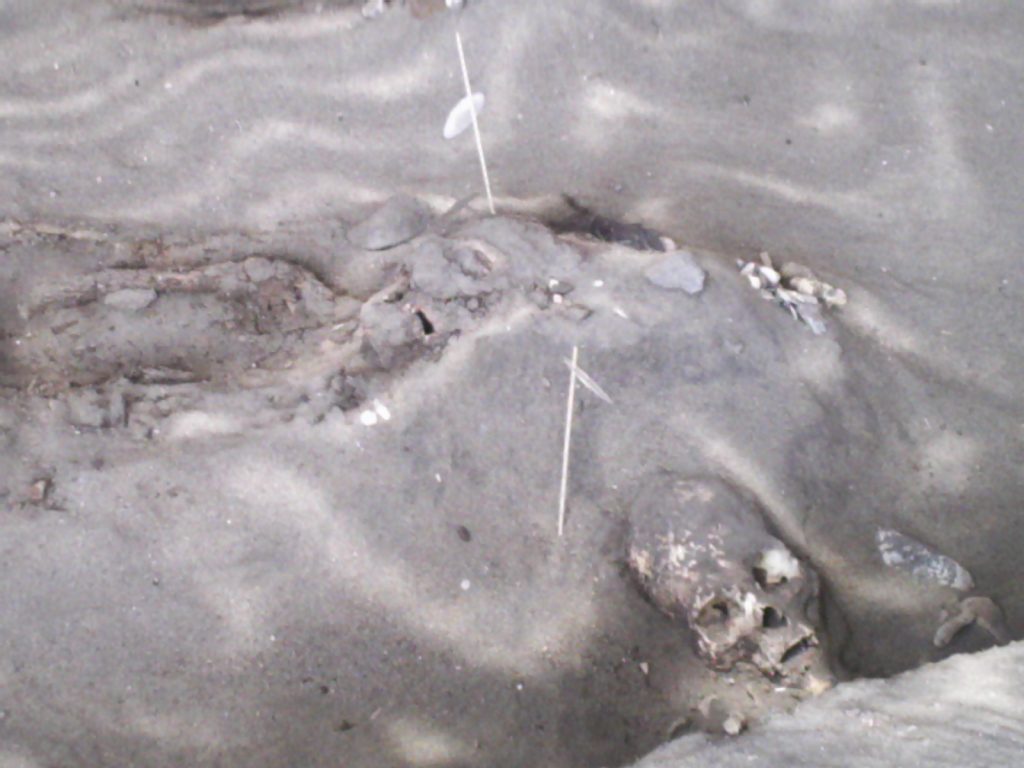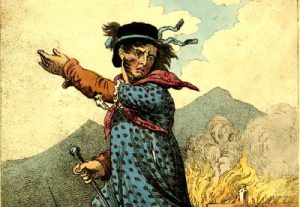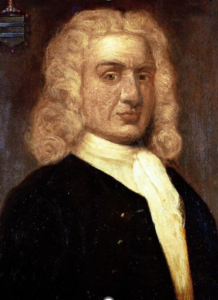When people hear the word mummy, most will think of the pharaohs found in tombs in Egypt. While they are the most well known, what many people may not realize is that the process of mummification has existed long before the Egyptians began doing it. Mummies, which scholars believe to be the oldest, even before recorded history, have been located in Chile, and are said to have belonged to an ancient people known as the Chinchorro.
What exactly is a mummy? A mummy is defined as “dead human or animal body [from ancient times] preserved by embalming or by unusual natural conditions.”1 Many of the areas in which mummies have been recovered all share one similar trait; each is known for extremely hot and dry weather. These climates cause the body to dry up and slow down the decomposition process.2

The oldest mummies belong to a people now referred to as the Chinchorro, who are believed to have lived between 8,000 BCE and 500 BCE. Evidence suggests that their practice of mummification predates Egyptian mummies by as many as two thousand years.3 The Chinchorro lived in the Atacama Desert, which is located in Southern Peru in Chile. They are believed to have been fisherman, living along the coast.4
Mummification was a complicated process. All organs, including the heart, eyes, and lungs were removed, followed by the skin. The body was then dried of fluids and stuffed with sticks, plant fibers, and straw. The body was disassembled by removing the bones and organs, and dried of all liquids. The body was then covered with black clay used to mold a new face, as the bones were put back into the body, along with sticks, clay, and plant fibers. A clay mask was made and placed over the skull, and the rest of the body was coated in Manganese paint, to give it a red color.5

Nearly two hundred Chinchorro mummies have been recovered from the Camarones River region. The earliest of these has been dated at 5050 BCE.6 The oldest mummies were children and small infants, suggesting that mummification was originally a practice carried out by grieving parents to remember their children. Upon further examination of the mummies, it is believed that high arsenic levels in the waters were the cause for high infant mortality rates among the Chinchorro.7
These mummies of Chinchorro today face great peril. Climate changes have caused the mummies to decay, along with many other treasures and artifacts. Microorganisms have grown from moisture in the air that are capable of decomposing skin. Researchers’ new goals are to find ways to preserve the ancient bodies of the Chinchorro people before it is too late.
- Columbia Electronic Encyclopedia, 6th Edition, April 2016, s.v. “Mummy.” ↵
- Salem Press Encyclopedia Of Science, January 2015, s.v. “Mummification,” by James L. Robinson. ↵
- Salem Press Encyclopedia Of Science, January 2015, s.v. “Mummification,” by James L. Robinson. ↵
- Salem Press Encyclopedia, January 2015, s.v. “Chinchorro Mummies,” by Michael W. Simpson. ↵
- Salem Press Encyclopedia Of Science, January 2015, s.v. “Mummification,” by James L. Robinson; Barbara Fraser, “Mysterious Mummies: An Anthropologist and a Geologist Team up to Solve the Puzzle of Chile’s Mummies,” Science World/Current Science Vol. 26 Issue 4 (2012): 8-11. ↵
- Salem Press Encyclopedia, January 2015, s.v. “Chinchorro Mummies,” by Michael W. Simpson. ↵
- Heather Pringle, “Arsenic and Old Mummies: Poison May Have Spurred First Mummies,” Science 324, no. 5931 (2009): 1130. ↵



63 comments
Alexandra Rodriguez
The procedures of maintaining and creating the perfect mummification process is such a long process, and typically societies only mummify the dead that are of high importance, like the Egyptian Pharaohs. It’s interesting that the majority of mummies were children in this Chili region. There was an great description of the mummification processes and the analyzation of the contamination in the water being a possibility that effected the population and infant mortality rate. This was a nice article to have read, it was very informative.
Noah Bolhuis
It is amazing that people have been doing this advanced method for so long. However, the thing I found the most interesting was that these people were in South America and performing this advanced burial technique such a long time ago. I think that the reason that everyone knows about the Egyptian mummies is because they wanted to make them known. The massive pyramids were plenty of attention, but these Chinchorro people didn’t seem to make it about royalty, but about respect.
Sebastian Carnero
It was surprising to read that there were societies that practiced mummification before the Egyptians, and even more being it 2000 years before. It is alike in the part of removing the organs, but it doesn’t use a liquid with a concentration of salts, neither the process exclusively involves important people. It must have been a really difficult job to introduce the bones inside the bodies without damaging it.
Sofia Andrade
It was interesting to learn more about other mummies that are not Egyptian mummies. Reading about the mummies in Peru, this article informed me that their mummies were before the Egyptian mummies. It was interesting to see the difference between the two. Peru mummification was totally different, their form of preservation was using clay to protect the bodies. Those who were mummified also differs, Egyptians started their mummification of Pharaohs and the Chinchorro mummies started with children.
Alexander Manibusan
Ha! Take that Egyptians. I always find it interesting to see another culture do something way before the more “famous” culture. What captivated me, however, is that the Chinchorro mainly utilized mummification to remember their dead children, unlike the Egyptians who heavily valued keeping the body and possessions for the afterlife. But what captivates me the most is how remarkably similar we are. Even cultures overseas and from different times believed in something beyond death and I really, truly wonder if this has always been the case for us.
Derek Esquivel
I really liked this article because mummies just really fascinate me because of how the process was done and how back then these people were able to figure out how to preserve bodies long before the Egyptians. It just really astonishes me how some bodies that have been mummified for thousands of years are preserved so well. I just really want to know what gave these people the motivation to do this type of stuff.
Belia Camarena
This was a very interesting article! I had no idea that there are mummies that predate the very well known Egyptian mummies. The mummification process that the Chinchorro used is fascinating. It was a multiple step process and they even removed the bones and then reinserted them. The Chinchorro put a lot of attention into burying their dead, and this shows that even though they lived thousands of years ago, modern humans are not all that different from them.
Didier Cadena
This article surprised me, because I had no idea of who the Chinchorro were, so it was interesting to get some information about them. I also I had no idea that, at least for the Chinchorro, it was mainly used for infants and young children. I enjoyed how you included that the preservation of the mummies is in peril because of the climate. The article did a good job of having a lot of information and still make it interesting to read.
Samuel Ruiz
It came to my surprise that they were found to originate elsewhere than commonly believed. Even more so, that they are closer to home than Egypt. To be completely honest, mummies have always creeped me out. From the looks of the to the process in which they are “created.” Nonetheless, I still uphold and support their historical value. It is very unfortunate that researchers are struggling to preserve them.
Elias Garza
This article provided much information that I was not aware of. I always thought mummies were people buried alive covered in cloth. I did not think for a second there was a complicated process to it. Also, I thought mummies were same all around the world, but this article conveys a different process for different areas.